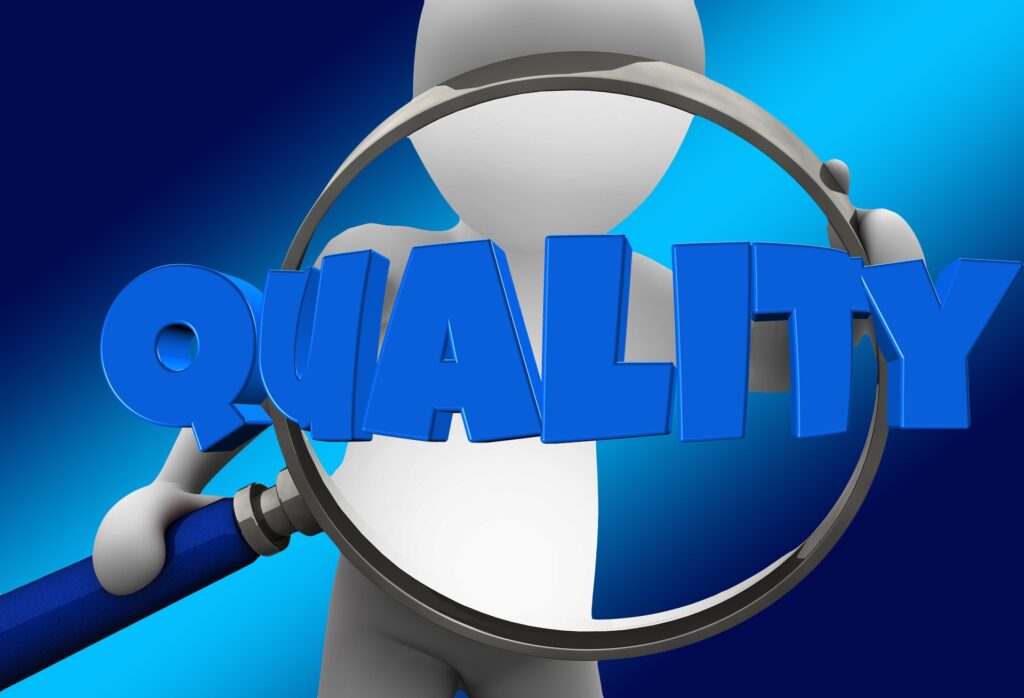Mitigating the inherent risk in all areas of company activity is a critical component of effectively managing your business. Risk is everywhere.
I am talking about managing risk, not “risk management”. I make that distinction because when someone says “risk management,” we typically hear “insurance”. It’s boring, it’s expensive, nothing is going to happen…right?
Wrong! We had better understand liability, health, life, workers comp, buy/sell, key person and other insurance – and how to address these in our company. You may have some of these in place. You should investigate all of them and update what you do have.
But managing risk more broadly is something we don’t focus on as we should. So, what is risk management? Growing up, when I asked what something meant, I was sent to the dictionary, so…
“…the identification, assessment, and prioritization of risks followed by coordinated and economical application of resources to minimize, monitor, and control the probability and/or impact of unfortunate events or to maximize the realization of opportunities. Risks can come from uncertainty in financial markets, project failures, legal liabilities, credit risk, accidents, natural causes and disasters as well as deliberate attacks from an adversary.”
~http://en.wikipedia.org/wiki/Risk_Management
Management teams need to create and agree upon business strategy and objectives. That plan for growth needs to include ongoing business process improvement and a quality system. This combination will go a long way to minimize risk.
If you are not paying attention, unexpected events can devastate what has been accomplished.
There are many categories of risk. Everything we do has some level of risk associated with it. When you sign a contract to provide a product or service, you take on risk. When you sign a contract to receive a product or service, you take on risk. When you rent or buy space, you take on risk. When you hire employees, you take on risk. When you have those employees working together and supervising others, you take on risk. When you advertise, you take on risk. When you send employees on business trips, you take on risk. When you collect customer information, you take on risk.
And there are things that are outside of your control. For example, what would happen if the flu hit your office? What would happen to your business with staff out sick? What would happen if you could not service your clients for an extended period? What if a competitor starts up business down the street? What if new regulations come out that force you to change how you do business?
Speak with experts in information technology, human resources, the law, taxation, marketing, etc. Discuss what risk management gaps may exist in your business. You may decide to push the risk to others contractually, buy an insurance policy to mitigate the risk or decide not to implement if the risk is too high.
You can prepare for the unknowns in many ways. It takes some thought and resources but risk management should be a part of your business strategy, daily operations and your customer relationships. A powerful framework to consider is ISO 9000. A solid focus on risk management will contribute to building business value toward your exit planning and succession planning goals.
David Shavzin, CMC
Atlanta, Georgia
770-329-5224
Our BLOG
LinkedIn
[email protected]
https://getonthevaluetrack.com/

